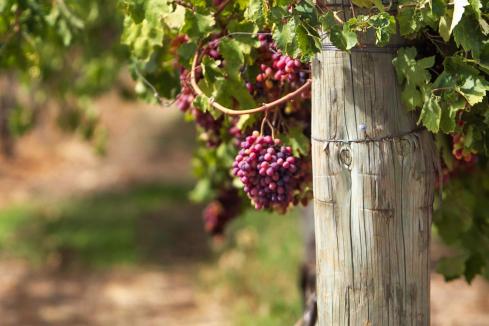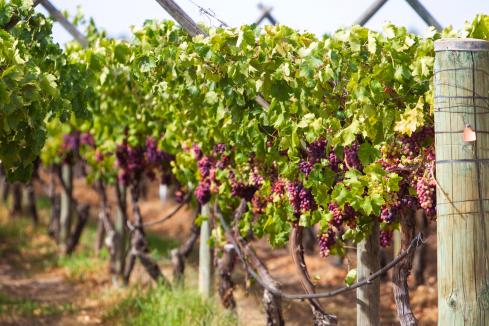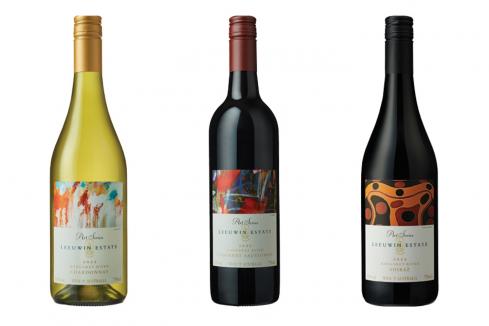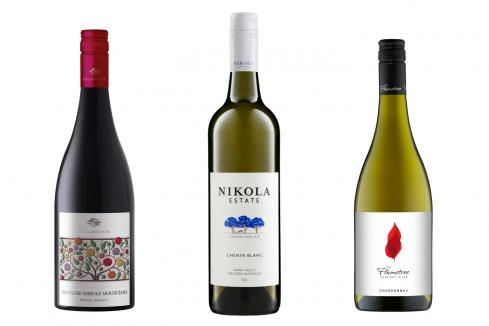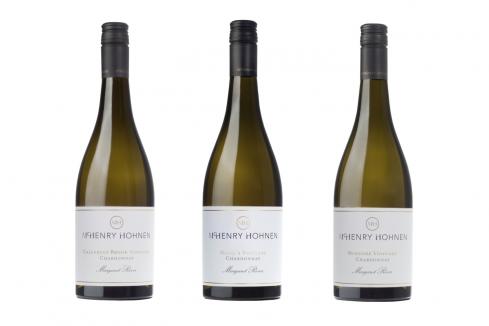If WA’s wine industry isn’t exactly booming today, it could be a different story soon.

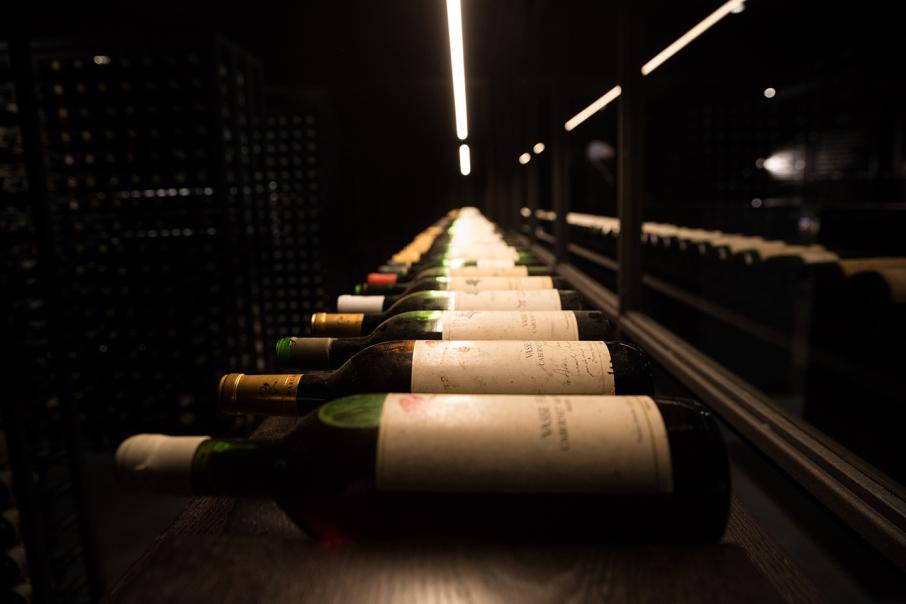
It seems the rest of the world is rediscovering what a great drop Western Australia’s wine industry produces, largely thanks to a series of significant reports praising the quality of local wine for drinkers, and the financial appeal for investors.
At first glance, the recent accounts could be mistaken for something written 20 years ago when WA wine was a red-hot investment, sucking in capital as new vineyards and wineries blossomed across the state’s South West and Great Southern.
Unfortunately, like all booms it proved too good to be true, ending in a glut of overproduction and a flood of poor quality wine, which damaged the industry’s reputation and hurt many investors who over-capitalised their wineries.
The good old days might not be returning, but there is a sense of déjà vu, right down to the promise of an export-led surge in demand, though this time with a subtle change as China replaces the traditional British and North American markets for Australian wine.
The most significant of the recent reports was from Wine Australia, a government and industry funded lobby group, which last month reported a spectacular 63 per cent surge in wine exports to China to a record $848 million in the year to December 31.
Other export markets did not fare as well. Britain, the US and Canada imported a little less Australian wine last year.
China, however, grew fast enough to cancel out modest declines elsewhere, and bought enough for overall wine exports grow by 15 per cent to $2.56 billion – a rise that sparked ‘buy’ signals from investment bankers for Australian wine companies, especially the sector leader, Treasury Wine Estates.
However, before the buy notes started circulating from big-name stockbroking firms such as JBWere, Morgan Stanley and UBS, something perhaps even more significant happened – the rediscovery of WA wine by a woman who has done more than most in promoting the state’s wine in the international market.
Jancis Robinson, a regular visitor to WA since the 1980s is a ‘master of wine’, as well as being one of the world’s top wine writers with a string of big-selling books to her name, plus a regular column in London’s Financial Times newspaper.
Last month, Ms Robinson’s column returned to a theme of her influential writing when she compared Margaret River chardonnay with one of its French rivals, white Burgundy – and Margaret River won easily.
High on her shopping list for British wine drinkers were WA wines that included Cullen Wines, Flametree Wines, Leeuwin Estate, Pierro, McHenry Hohnen Vintners, Vasse Felix and Fraser Gallop, with the only problem being that they can be hard to find in Britain. In the case of the Fraser Gallop chardonnay, it seems the only stockist is Exel Wines of Scotland.
Wine Australia’s export report came a week after Ms Robinson’s WA wine revival story, which reminded older readers of what she had written in the 1980s when first discovering the quality wine of the South West.
But the reports that really caught the eye of investors came from the investment banks and stockbrokers, who seized on the export data and dusted off their wine company investment recommendations, thanks to Chinese drinkers developing a taste for Australia.
JBWere upgraded Treasury Wine Estates from a ‘neutral’ to a ‘buy’ recommendation. Morgan Stanley said the export data pointed to surging exports of wine to Asia, and UBS went further by subjecting Australian wine to its ‘evidence lab’, a detailed analysis of what’s happening in a particular industry.
It’s the UBS report that has done most to rekindle interest in an industry that had largely faded from investment portfolios after a dreadful decade (or two) of underperformance and financial stress.
With a focus on Treasury, because it is easily Australia’s biggest wine business, while also having international assets, UBS said the Asian growth story was only just beginning.
We’ve heard that before, most recently when wine last boomed and the theory of the day was that Asian drinkers would buy-up Australian wine. Expectations of a supply shortfall were well off the mark, however, partly because of an overproduction of poor quality wine.
UBS says it will be different this time, a view based on its interviews of 1,881 Chinese alcohol consumers who like Australian wine and want to buy more.
Opening the Chinese market to Australian wine, including Treasury’s WA brands that include Devil’s Lair and Fifth Leg, will almost certainly prove more difficult than it currently looks.
However, the opportunity is enormous, as three numbers demonstrate. In China today, wine consumption is 2.1 litres a year per person. In the US it is 11.8L/head, and in Australia it is 26.8L/head.
No prize for working out that, if UBS is right, and if Ms Robinson’s praise for WA wines reaches China, the sky could be the limit – so long as we don’t blow it again by exporting rubbish and damaging our reputation.








